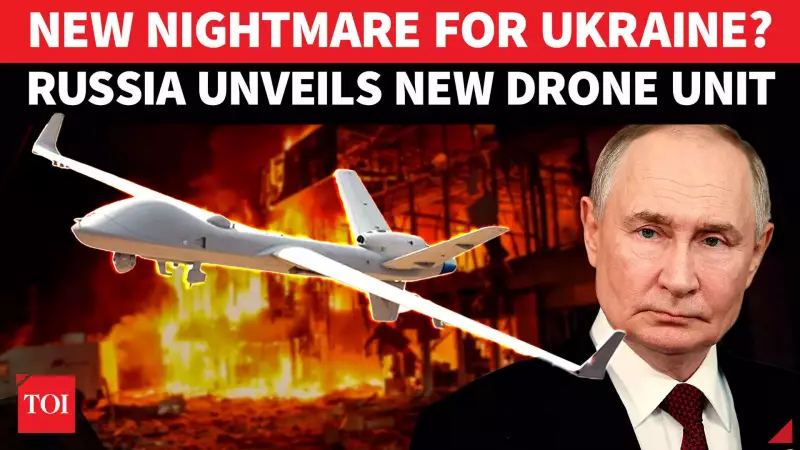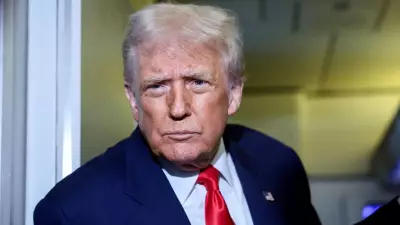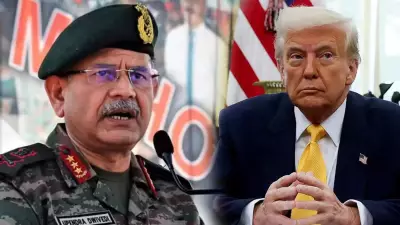
Russia has officially established a brand new military branch dedicated exclusively to drone operations, marking a significant escalation in the ongoing conflict with Ukraine. The creation of the Drone System Forces was confirmed by Colonel Sergey Ishtuganov, signaling Moscow's commitment to expanding its unmanned warfare capabilities.
New Military Structure Takes Shape
The newly formed drone unit operates under a unified command structure with appointed commanders, regiments, and strategic coordination mechanisms. This formal organization represents Russia's systematic approach to integrating drone technology into its military operations, moving beyond ad-hoc drone usage to a fully institutionalized force.
According to military analysts, this development comes at a time when drone warfare has emerged as one of the most effective tactics in the Ukraine conflict. Both Russian and Ukrainian forces have been using unmanned aerial vehicles to strike deep behind enemy lines, targeting strategic positions and infrastructure with increasing precision.
International Reactions and Concerns
The Western powers and Kyiv have expressed serious concerns about Russia's latest military reorganization. They view the establishment of dedicated drone forces as a new and significant threat that could potentially change the dynamics of the conflict.
The timing of this announcement is particularly noteworthy as it comes amid tit-for-tat attacks between Russian and Ukrainian forces. The conflict has seen both sides leveraging drone technology to conduct strikes deep into each other's territories, demonstrating the evolving nature of modern warfare where unmanned systems play an increasingly central role.
Broader Implications for Modern Warfare
Military experts suggest that Russia's decision to create a separate branch for drone operations indicates the growing importance of unmanned systems in contemporary combat scenarios. The move represents a strategic shift in how nations organize their military capabilities in response to technological advancements.
The development also highlights the ongoing technological arms race in drone capabilities between conflicting parties. As both Russia and Ukraine continue to develop and deploy increasingly sophisticated drone systems, the nature of the conflict continues to evolve, with unmanned vehicles taking on roles traditionally performed by manned aircraft and artillery.
This formalization of drone forces by Russia sets a precedent that other military powers are likely to observe closely, potentially influencing how nations worldwide structure their own unmanned aerial capabilities in the coming years.





